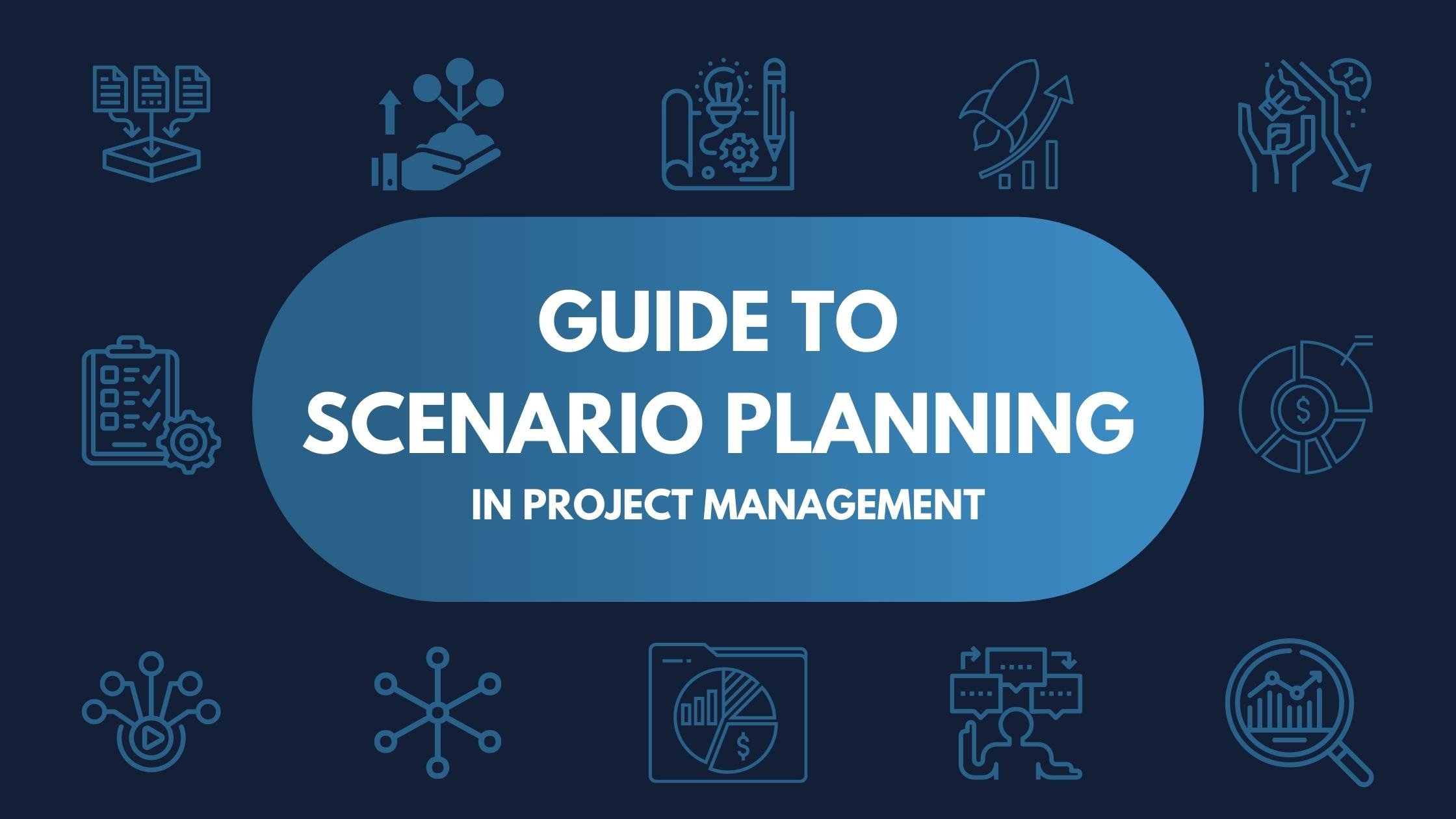We all know governance is critical to successfully manage a project portfolio. An effective governance framework assists your organisation in making the right decisions quickly. Conversely, poor governance can lead to project delays, communication breakdown and increased risk exposure. From our industry experience, we’ve utilised these eight principles for good governance. Here’s what they are, and how you can apply them.
Defining Good Governance
Governance has different connotations in different fields. Though we’re referring to governance in project management, the concept of has universal roots.
The Australian Institute of Company Directors suggests that “good governance is the framework that ensures the organisation can meet its mission.” In project management, good governance has the further application of establishing processes that promote effective decision-making and implementation.
Therefore, a key principle of good governance is forming a clear framework. Ideally, this should define priorities and establish clear lines of communication between employees and managers.
But governance needs to go beyond simply establishing processes and meeting compliance requirements. That’s where the eight principles of good governance comes in.
The 8 Principles of Good Governance
Principle 1: Participatory Governance
Good governance considers different perspectives both inside and outside of the boardroom. Governing bodies can fall into a ‘groupthink’ when decisions are made without a diversity of perspectives and opinions.
Groupthink occurs when individuals value group consensus over critical reasoning and evaluation. In these echo chambers, key decision-makers may not receive external perspectives and critiques which improve processes.
It’s an easy fix. By promoting a collaborative approach to decision making, your organisation can follow the first principle for good governance.
Principle 2: Consensus Oriented
Encouragement participation across an organisation is a great first step, but it’s not always enough. Managers should make an effort to acknowledge all opinions offered- our second principle for good governance.
It’s easy for us to be uncomfortable with a diversity of perspectives, or perceive them as a point of conflict. However, when an organisation genuinely values their employee’s input, a culture where differences become constructive intrinsically follows. When a diverse board reaches a consensus, it is likely to better serve the broader interests of stakeholders.
Principle 3: Accountability
Accountability generally refers to the responsibility of an organisation to provide an explanation for its actions. However, clear accountability in an organisation encourages clean and quick decision-making. Establishing clear lines of command ensures issues are escalated to the right people in an appropriate manner. Good governance is evident when individuals know exactly what they are responsible and accountable for.
Principle 4: Transparency
Transparency refers to the willingness of an organisation to provide information to stakeholders. If good governance is relies on unity, then transparency is the critical factor to enable that across an organisation.
Internally, transparency ensures employees work in alignment with strategic objectives of the organisation. This contributes to all employees understanding their role within the organisation, and therefore, their value.
Externally, transparency is becoming increasingly important, as stakeholders expect organisations to amp up their social, economic, and environmental efforts. Transparency is critical to build trust in an organisation and its brand.
Principle 5: Responsiveness
As stated in the outset, the result of good governance is making better decisions faster. A key principle for good governance, therefore, is responsiveness. This ensures your organisation keeps up with turbulent economic and corporate environments. Organisations that have proper governance structures in place are able can to respond to changes in a timely and effective manner. They do this without leaving out critical stakeholders, instead ensuring all relevant parties are in the loop.
Principle 6: Effectiveness and Efficiency
Perhaps the most obvious principle for good governance is focusing on efficiency and effectiveness. Ideally, you should streamline processes to reduce the time and resources spent scrambling for solutions. This will optimise the use of resources, and accommodates the needs of stakeholders with ease.
Many organisations can become consumed with achieving efficiency in their processes. However, the efficiency of processes is redundant if they do not contribute to the strategic objectives of the organisation. When an organisation has this focus, governance serves cost-saving function rather than a strategic function.
So, consider this principle for good governance with nuance. Efficiency is only wonderful when it does not jeopardise the effectiveness of an organisation’s processes.
Principle 7: Equity and Inclusivity
We can easily brand governance as rules and regulations without a moral dimension. So, the connection between governance and social or environmental responsibility may not be immediately obvious. Realistically, governance plays a critical role in future business strategy. When executives consider promoting equity and inclusivity both within their organisation and with their product and service, they’ll make decisions that consider the wellbeing of all involved stakeholders.
Good governance enables organisations to balance the conflicting needs of different stakeholders and interests to achieve the most equitable solution with the most inclusive practices possible.
Principle 8: Follow Rule of Law
Compliance contributes significantly to good governance. It requires organisations to abide by and implement fair legal frameworks that can be enforced impartially. As environmental and social compliance requirements continue to grow, you may consider bringing in third-party expertise to ensure your organisation is acting ethically, honestly, and with integrity.
Take your governance activities to the next level
Want to take your organisations governance maturity to the next level? Check out our blog, and other posts about successful governance explained, and how to avoid practices which are detrimental to governance.













